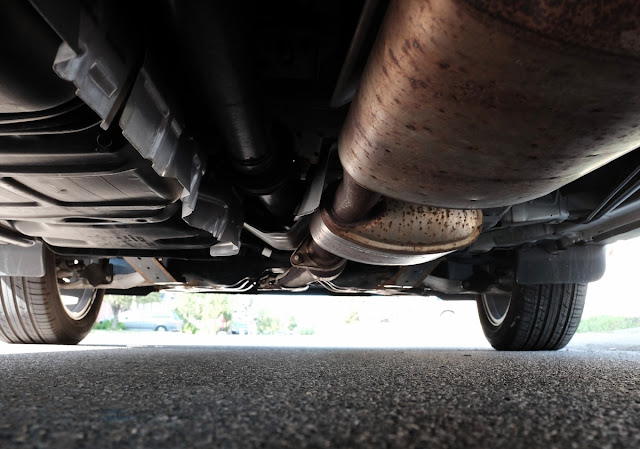When you're shopping for a new Toyota at Toyota of Orlando, you're going to have tons of options to sift through (sorry not sorry). Model, trim, color, engine, size... it's a lot, we know, but we're adding one more to the list - whether or not to have a moonroof. Or is it a sunroof? Today we're talking about these two different features and explaining the differences.
What's the difference between sunroofs and moonroofs?
Most people use sunroof and moonroof interchangeably, but they're actually two different features on a vehicle. Here's the breakdown:
Sunroofs are panels in a vehicle's roof that can be tilted, slid, or removed altogether to let the sunshine into the vehicle. Note: They used to be entirely opaque, i.e. not made of glass.
Moonroofs, on the other hand, are technically a type of sunroof. They're also a panel on a vehicle's roof that can be tilted or slid to open, but they're always made of glass and are not removable. Some may be tinted to help diffuse the light coming into the cabin, and they usually have a sliding shade accompanying them so light can be blocked out completely.
And we're throwing one more option into the mix at Toyota of Orlando - panoramic roofs. Panoramic roofs are a type of sunroof that spans the entire length of the car's roof, letting light into the front and back seats. They're made of glass (sometimes tinted) and are sometimes fixed, sometimes able to be slid open. They're new to the game and have only become popular in the past five years or so.
So should you opt for a sunroof, moonroof, or panoramic roof on your next Orlando Toyota? Here are the pros and cons you should consider before signing the dotted line.
Pros of a sunroof or moonroof
- You can let sunshine and fresh air into your car whenever you want and you don't have to completely remove the roof like you would in a convertible.
- They're easier to operate than a hardtop convertible - you just press one button and the moonroof slides open and close with ease (and with no manual labor on your part).
- They're safer than canvas top convertibles. Cars with canvas roofs are dangerous in accidents, and additionally, the canvas can be cut if thieves want access to the car.
Cons of a sunroof or moonroof
- One con of sunroofs and moonroofs is possible clogs in the drainage system. If you regularly park under trees, they can drip water that can grow algae and clog the drainage system. But good news - our Orlando Toyota service specialists can unclog and clean the lines for you).
- One other con of sunroofs is leaking. If your sunroof or moonroof is factory-installed, the chances of it leaking are low. But if you put in an aftermarket one, you're definitely more likely to have one.





